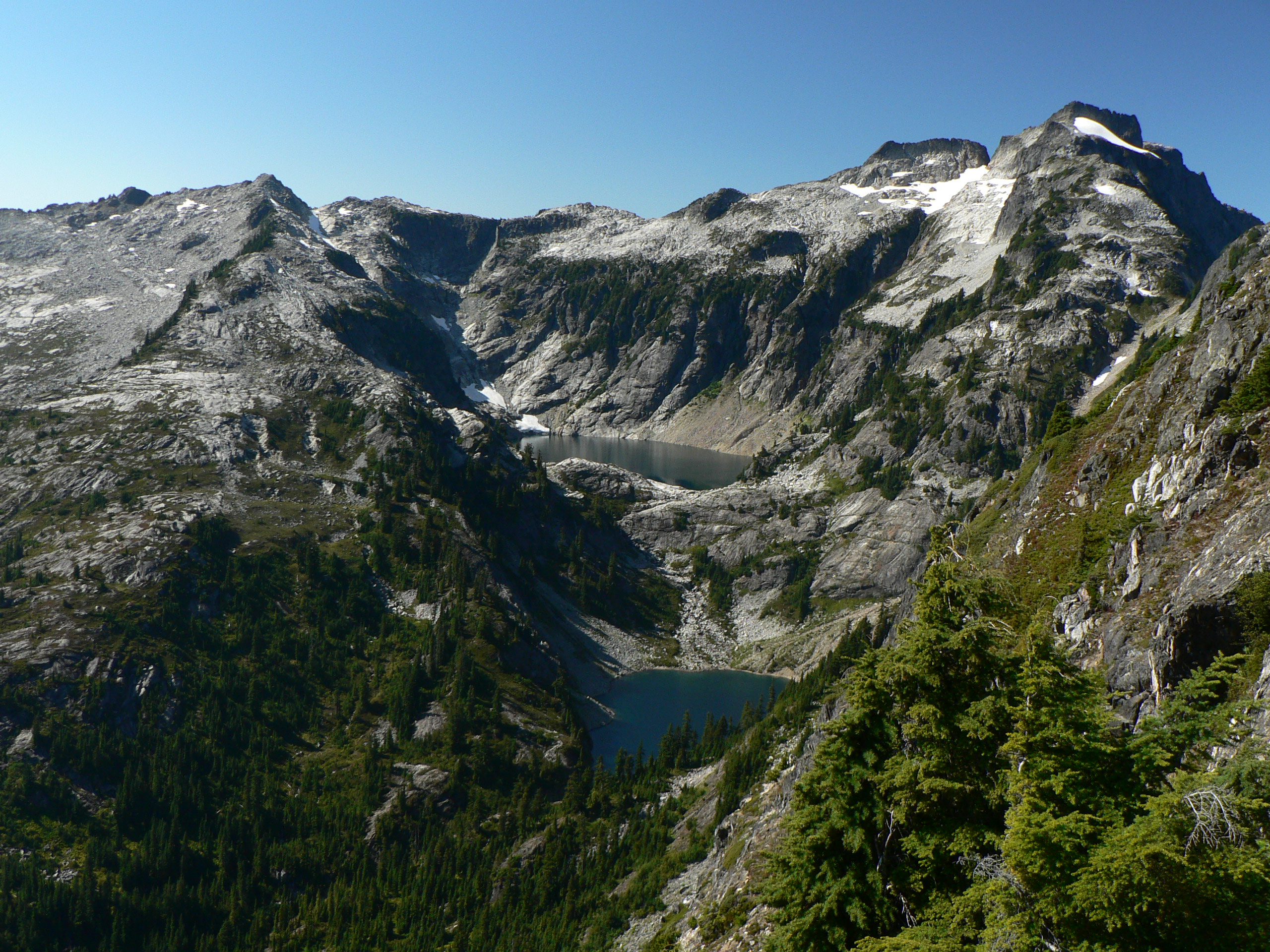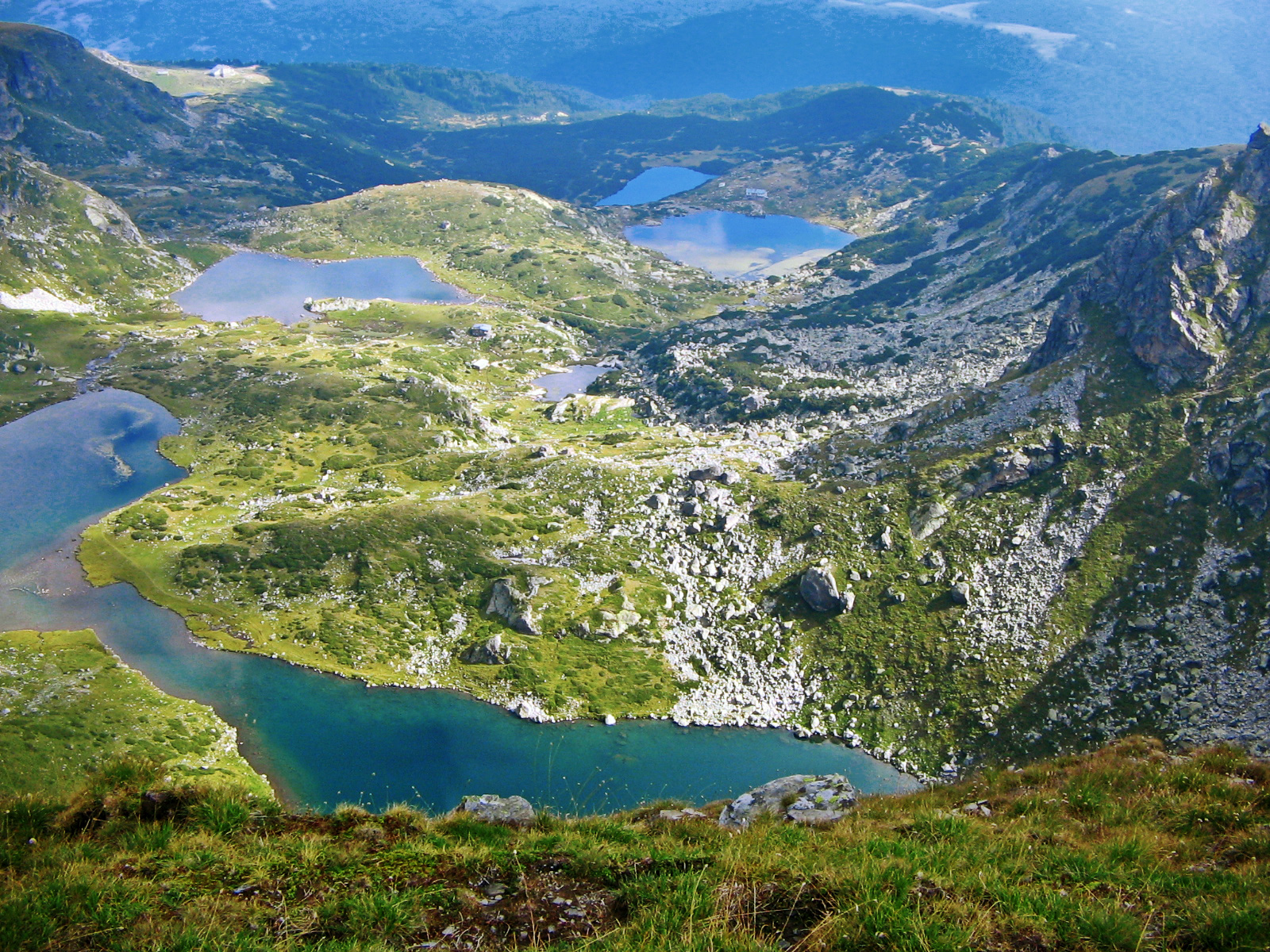Paternoster Lake on:
[Wikipedia]
[Google]
[Amazon]


 A paternoster lake is one of a series of
A paternoster lake is one of a series of
glacial lake
A glacial lake is a body of water with origins from glacier activity. They are formed when a glacier erodes the land and then melts, filling the depression created by the glacier.
Formation
Near the end of the last glacial period, roughly 10,0 ...
s connected by a single stream
A stream is a continuous body of water, body of surface water Current (stream), flowing within the stream bed, bed and bank (geography), banks of a channel (geography), channel. Depending on its location or certain characteristics, a strea ...
or a braided stream system. The name comes from the word ''Paternoster'', another name for the Lord's Prayer
The Lord's Prayer, also known by its incipit Our Father (, ), is a central Christian prayer attributed to Jesus. It contains petitions to God focused on God’s holiness, will, and kingdom, as well as human needs, with variations across manusc ...
derived from the Latin
Latin ( or ) is a classical language belonging to the Italic languages, Italic branch of the Indo-European languages. Latin was originally spoken by the Latins (Italic tribe), Latins in Latium (now known as Lazio), the lower Tiber area aroun ...
words for the prayer's opening words, "Our Father"; Paternoster lakes are so called because of their resemblance to rosary
The Rosary (; , in the sense of "crown of roses" or "garland of roses"), formally known as the Psalter of Jesus and Mary (Latin: Psalterium Jesu et Mariae), also known as the Dominican Rosary (as distinct from other forms of rosary such as the ...
beads, with alternating prayer beads connected by a string or fine chain.
Paternoster lakes occur in alpine valley
A valley is an elongated low area often running between hills or mountains and typically containing a river or stream running from one end to the other. Most valleys are formed by erosion of the land surface by rivers or streams over ...
s, climbing one after the other to the valley's head, called a corrie, which often contains a cirque
A (; from the Latin word ) is an amphitheatre-like valley formed by Glacier#Erosion, glacial erosion. Alternative names for this landform are corrie (from , meaning a pot or cauldron) and ; ). A cirque may also be a similarly shaped landform a ...
lake. Paternoster lakes are created by recessional moraines, or rock dams, that are formed by the advance and subsequent upstream retreat and melting of the ice.Christopherson, R. W., 2002, ''Geosystems (Fourth Edition)'': Upper Saddle River, New Jersey, Prentice Hall. The local variation in rock types can also be a factor in creating these lakes. A glacier encountering weaker rocks at its base, will be able to erode deeper than when it experiences harder, less erodible rocks. As the glacier melts, lakes form where weaker rock was excavated.
Excellent examples of this occur in California's Sierra Nevada
The Sierra Nevada ( ) is a mountain range in the Western United States, between the Central Valley of California and the Great Basin. The vast majority of the range lies in the state of California, although the Carson Range spur lies primari ...
, where many stream courses above 3000 m in elevation contain paternoster lakes.
Glacier National park provides another example of paternoster lakes. Five lakes in a row; Lake Sherburne, Swiftcurrent Lake, Lake Josephine, Grinnell Lake, and Upper Grinnell Lake all form a nice "rosary" that has produced some spectacular photographs. The U shape of the valley confirms that it was formed by a glacier long ago, as opposed to a V-shaped valley cut by a river.
More good examples of paternoster lakes can be found in Waterton Lakes National Park, Canada. The three Carthew lakes are in a hanging cirque, reflecting their glacial origins, with Anderson Lake lower in elevation but still clearly part of this paternoster lake procession.
Another good example can be found in Yoho National Park, Canada. Lake OHara, Lake Oesa, and the large pools in the stream that connect the two give a total of five stair-stepped lakes/ponds. The presence of a rock glacier in the area points strongly to the glacial origins of this chain of lakes.
Notes
{{Reflist *